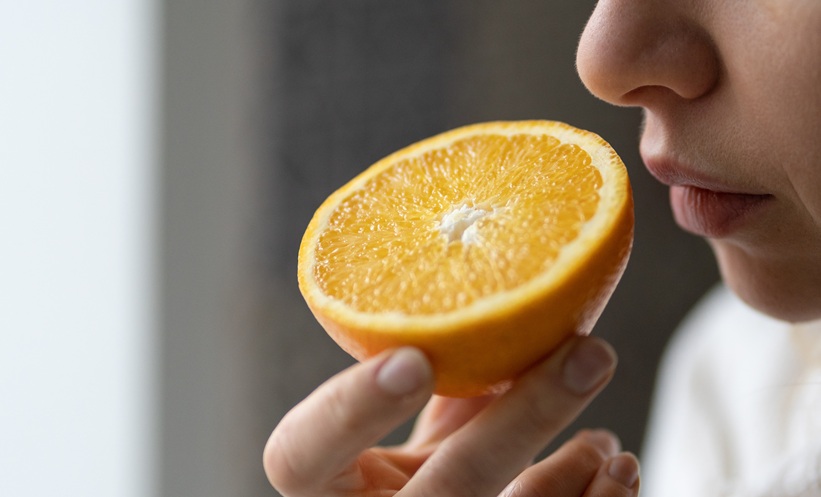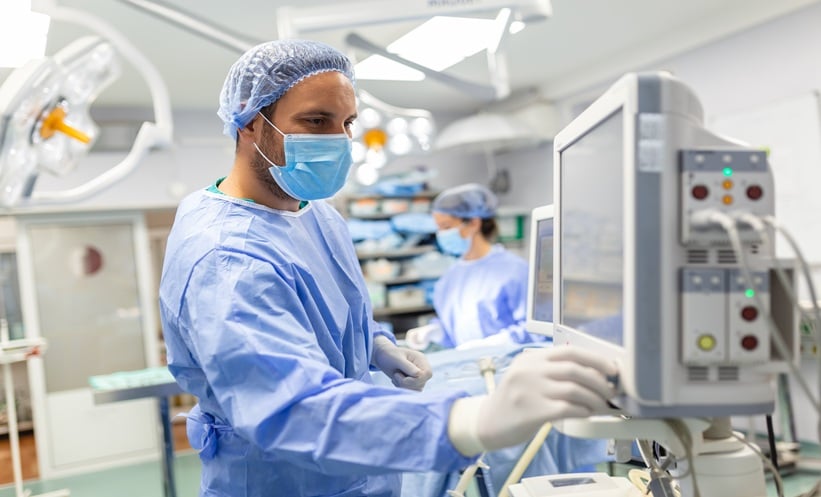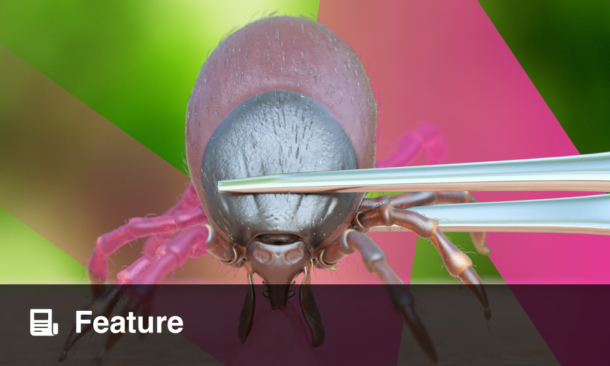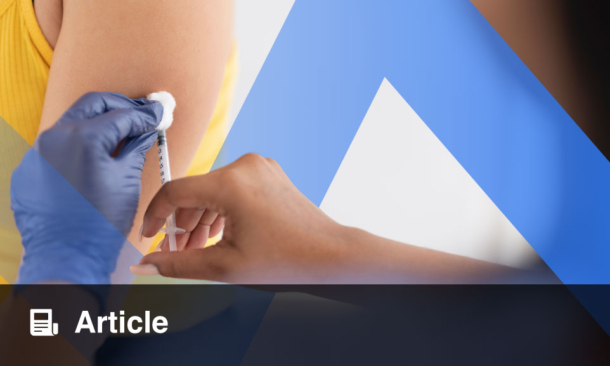High Prevalence of Olfactory Dysfunction After SARS-CoV-2 Infection
A LARGE-scale cohort study conducted across the United States has revealed that olfactory dysfunction remains highly prevalent up to 2 years after SARS-CoV-2 infection, even among individuals who do not report ongoing smell loss. The findings, from the ongoing Researching COVID to Enhance Recovery (RECOVER)–Adult study, highlight the persistent sensory impact of COVID-19 and underscore the importance of formal smell testing to identify hidden deficits.
The analysis included 3,525 adults across 83 sites in 35 states and territories. Participants underwent olfactory testing using the validated University of Pennsylvania Smell Identification Test (UPSIT) an average of 672 days after infection. Among 1,393 individuals with self-reported smell or taste changes, 80% had measurable hyposmia, with nearly one in four showing severe microsmia or anosmia. Strikingly, two-thirds (66%) of participants who had previously been infected but reported no sensory loss also demonstrated objective evidence of olfactory dysfunction, suggesting a substantial burden of unrecognised impairment.
Occult Smell Loss Highlights Need for Routine Testing
Participants with confirmed olfactory dysfunction scored at markedly lower UPSIT percentiles than uninfected controls, with mean scores in the 16th percentile for those who reported changes, compared to the 23rd percentile among those unaware of any loss. Younger women were disproportionately affected, scoring lower than men of similar age. Among participants reporting smell changes, those with abnormal UPSIT results more frequently reported cognitive complaints (67%) than those with normal scores, hinting at potential neurological implications of long-term olfactory loss.
These findings demonstrate that occult hyposmia, smell loss undetected by self-report, may be a common, lasting consequence of SARS-CoV-2 infection. The researchers recommend formal olfactory testing after infection to confirm sensory recovery, guide patient counselling, and improve understanding of post-COVID neurological sequelae.
Reference
Horwitz LI et al. Olfactory dysfunction after SARS-CoV-2 infection in the RECOVER Adult Cohort. JAMA Netw Open. 2025;8(9):e2533815.








